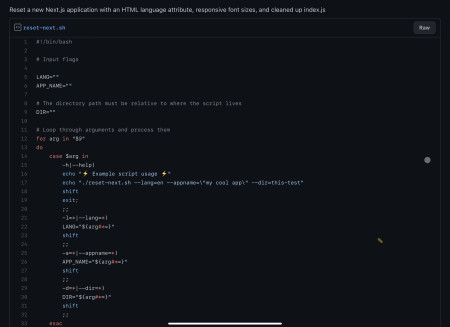Say goodbye to ../really/long/and/silly/paths/to/components in your Next.js application and define absolute imports with a jsconfig.json file.
⚠️ This post is over two years old and may contain some outdated technical information. Please proceed with caution!
Does this look familiar? 🤯

import MyComponent from "../../../../../components/MyComponent";
import ADifferentFile from "../../../some/other/dir/ADifferentFile";Relative import paths to files in any application can be tricky to manage. Often we rely on the intelligence of our IDEs to tell us how many dot-dot-slashes to type when we're importing files that are nested many directories deep. If you're working with Next.js — there's a better way!
Define your base directories — or module aliases — in a jsconfig.json file at the root of your Next.js project.
Here's the jsconfig.json file I use for the code that powers whitep4nth3r.com.

{
"compilerOptions": {
"baseUrl": "./",
"paths": {
"@components/*": ["components/*"],
"@contentful/*": ["contentful/*"],
"@layouts/*": ["layouts/*"],
"@styles/*": ["styles/*"],
"@utils/*": ["utils/*"]
}
}
}Using module aliases, import paths at the top of files are self-documenting and easier to write, meaning you can focus on writing code rather than traversing spaghetti directories. It's beautiful.

import PageMeta from "@components/PageMeta";
import RecentPostList from "@components/RecentPostList";
import SocialCards from "@components/SocialCards";
import ContentfulBlogPost from "@contentful/BlogPost";
import MainLayout from "@layouts/main";
import Styles from "@styles/BaseStyles.module.css";
import { Config } from "@utils/Config";Read more about absolute imports and module path aliases on the Next.js documentation.

Salma Alam-Naylor
I'm a live streamer, software engineer, and developer educator. I help developers build cool stuff with blog posts, videos, live coding and open source projects.


